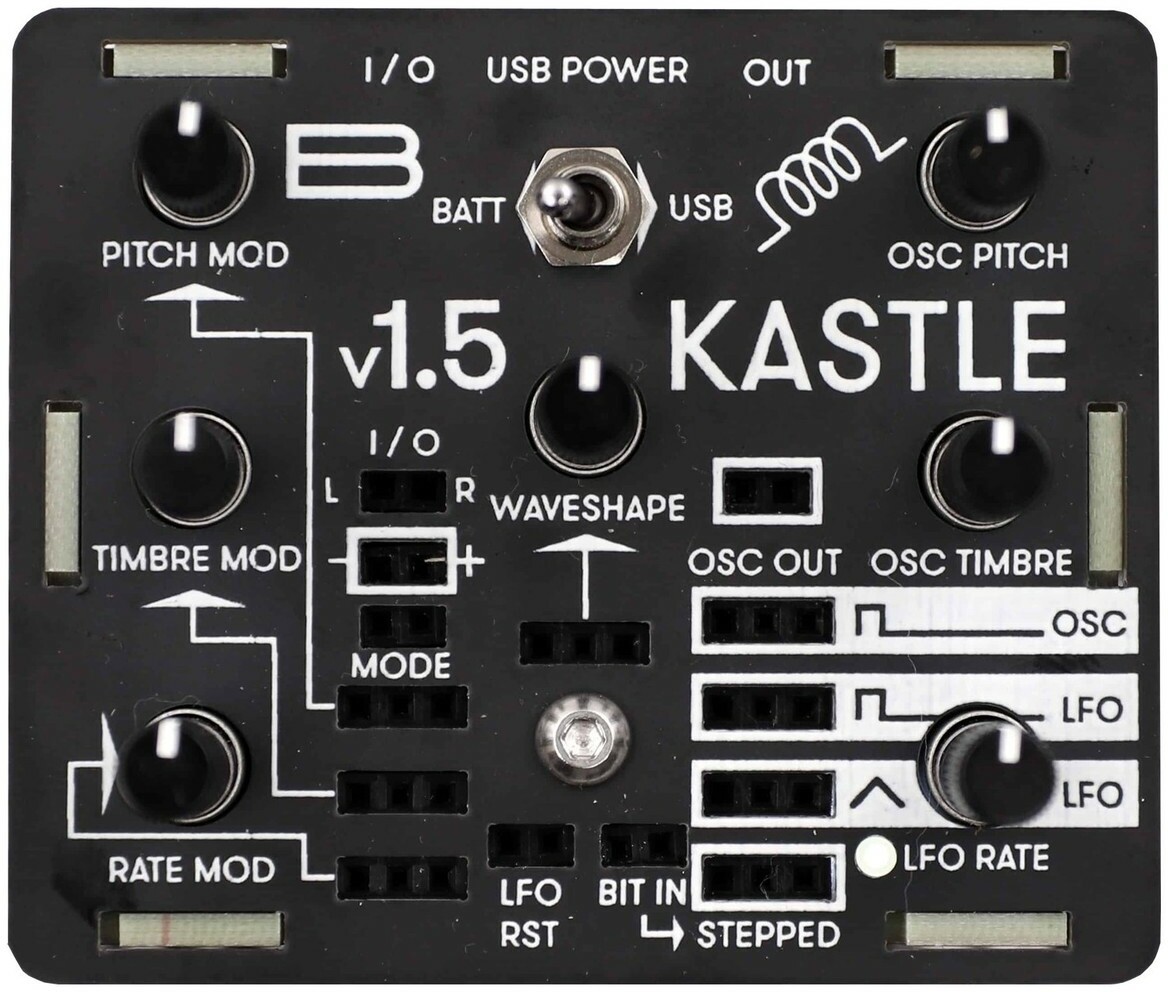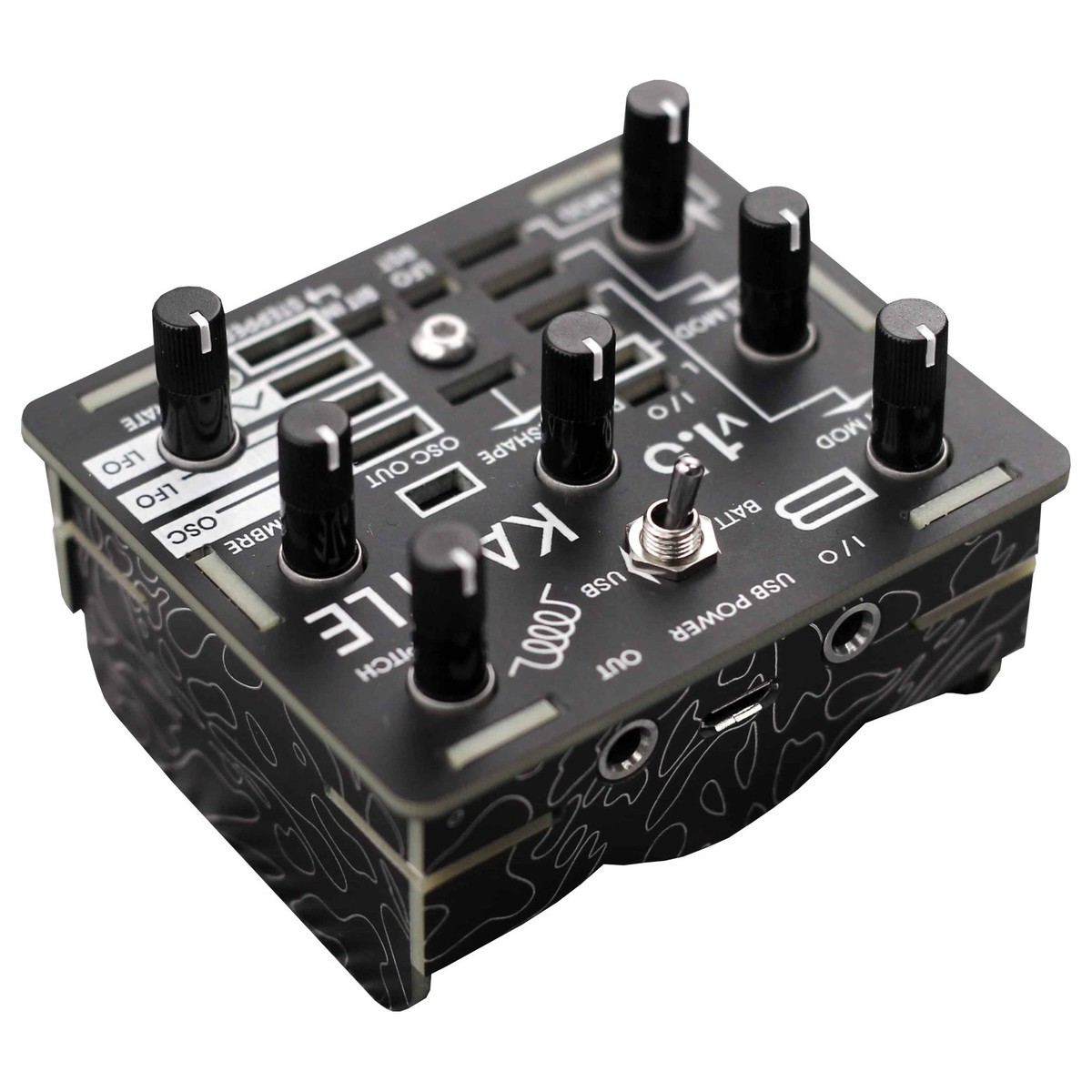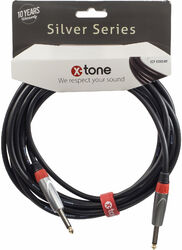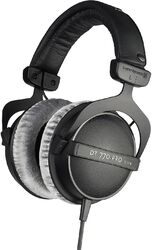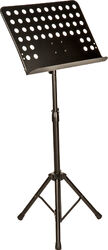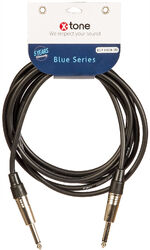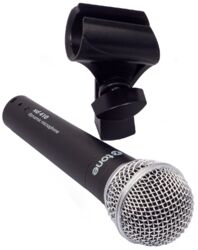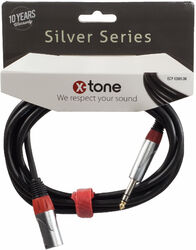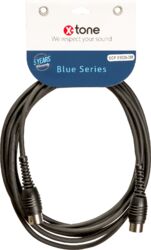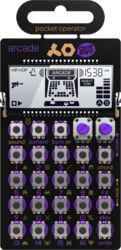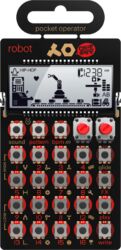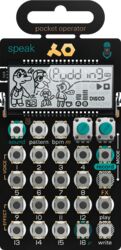Warenkorb
Bastl intruments Kastle V1.5
- Bewertungen lesen (2)
- Zugehöriges Zubehör
- Ähnliche Produkte
VIDEO
VIDEO
Dieser Artikel ist nicht mehr zum Verkauf verfügbar.
Nicht verfügbar
kontaktieren Sie uns
Lagerbestand
Nicht im Geschäft erhältlich
Die Marke Bastl intruments
Erfahren Sie mehr über die Marke Bastl intruments und entdecken Sie den gesamten Katalog.
Das größte Filialnetz in Frankreich
Hier finden Sie alle Informationen zu unseren Superstores und unseren Fachboutiquen.
Wenden Sie sich an einen Experten
Unsere musikbegeisterten und begeisterten Teleberater sind hier, um alle Ihre Fragen zu beantworten.
Expander
Kastle is a mini modular synthesizer with a headphone output, 2 in/out ports for interfacing other gear and it runs on just 3 AA batteries. It is DIY friendly and ideal for beginners in modular synthesis, but it will add some quite unique functionality to any modular synthesizer system. It delivers the fun of modular synthesis at a low cost and fits into your pocket so you can play it everywhere!
It has a unique digital lo-fi sound and it can be melodic as well as very noisy and drony, soft or harsh. It is designed to be fun on its own but it is most powerful when combined with other modular gear.
Kastle is an open source DIY project which runs on two Attiny 85 chips that can be reprogrammed with an Arduino (google: “programming Attiny 85 with Arduino”). One chip is dedicated to sound generation while the other one handles modulation. Several firmwares for the Attiny chips are available thru gitHub.
The v1.5 version combines a complex oscillator and LFO with stepped waveform generator.
The oscillator section has 3 sound parameters: PITCH, TIMBRE and WAVESHAPE – all under voltage control and with 6 different synthesis modes. It has a main output and a secondary waveform output. Both can be used independently or in combination. The 3 synthesis modes available thru the main output are: phase modulation, noise mode and track & hold modulation.There are 3 more modes on the secondary OSC output: phase distortion, tonal noise mode and formant synthesis. Each mode utilizes one or two oscillators. The PITCH parameter controls the main oscillator, the TIMBRE sets the PITCH of the modulating oscillator and the WAVESHAPE depends on the synthesis mode.
The voltage controllable LFO has a triangle and square output and a reset input. The stepped waveform generator is inspired by the Rungler circuit by Rob Hordijk. It can produce 8 different voltages either in random order or in 8 or 16 step looping patterns depending on how the BIT IN is patched.
It has a unique digital lo-fi sound and it can be melodic as well as very noisy and drony, soft or harsh. It is designed to be fun on its own but it is most powerful when combined with other modular gear.
Kastle is an open source DIY project which runs on two Attiny 85 chips that can be reprogrammed with an Arduino (google: “programming Attiny 85 with Arduino”). One chip is dedicated to sound generation while the other one handles modulation. Several firmwares for the Attiny chips are available thru gitHub.
The v1.5 version combines a complex oscillator and LFO with stepped waveform generator.
The oscillator section has 3 sound parameters: PITCH, TIMBRE and WAVESHAPE – all under voltage control and with 6 different synthesis modes. It has a main output and a secondary waveform output. Both can be used independently or in combination. The 3 synthesis modes available thru the main output are: phase modulation, noise mode and track & hold modulation.There are 3 more modes on the secondary OSC output: phase distortion, tonal noise mode and formant synthesis. Each mode utilizes one or two oscillators. The PITCH parameter controls the main oscillator, the TIMBRE sets the PITCH of the modulating oscillator and the WAVESHAPE depends on the synthesis mode.
The voltage controllable LFO has a triangle and square output and a reset input. The stepped waveform generator is inspired by the Rungler circuit by Rob Hordijk. It can produce 8 different voltages either in random order or in 8 or 16 step looping patterns depending on how the BIT IN is patched.
Lire la suite
Technisches Arbeitsblatt
- Typ von Tongenerator Analog
- complex oscillator
- 3 synthesis modes on the main output: phase modulation, noise mode, track & hold modulation
- 3 more modes on the secondary OSC output: phase distortion, tonal noise mode, formant synthesis
- PITCH control with offset and CV input with attenuator
- TIMBRE control with offset and CV input with attenuator
- WAVESHAPE control with offset and CV input
- voltage controllable LFO with triangle and square outputs and reset input
- stepped voltage generator with random, 8 step and 16 step loop mode
- 2 I/O CV ports that can be routed to any patch point
- the main output can drive headphones
- 3x AA battery operation or USB power selectable by a switch
- open source
- possibility of exchanging different LFO and OSC chips
- durable black & silver PCB enclosure
Weitere Spezifikationen
Weniger Spezifikationen

